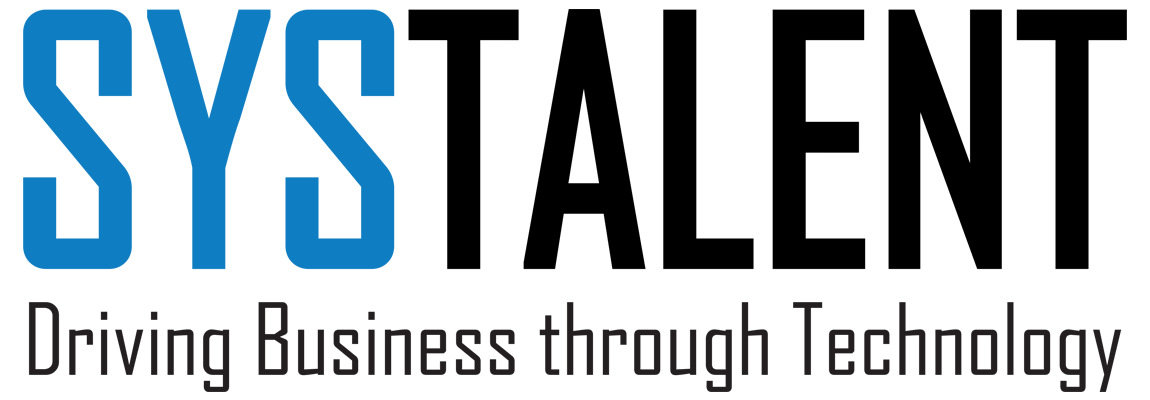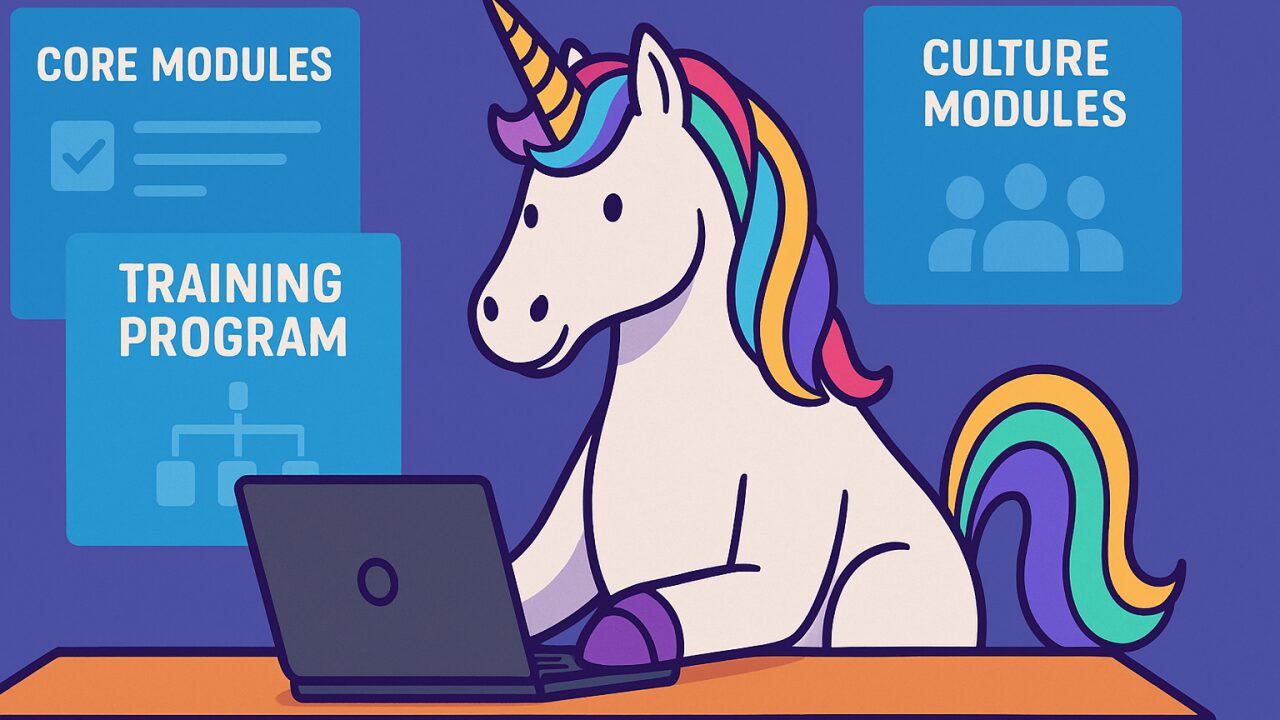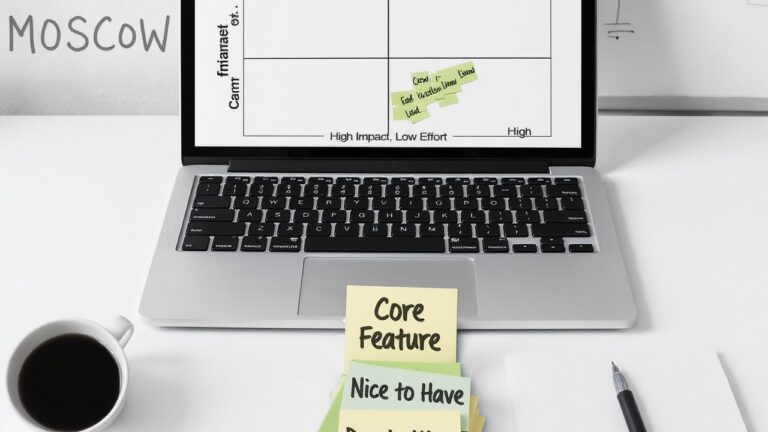In today’s fast-paced tech landscape, finding a “perfect” developer with precisely the right blend of hard skills, domain knowledge, and cultural fit is increasingly rare—especially when you’re tapping into global talent pools. Rather than hunting for a mythical candidate who checks every box, forward-thinking organizations are shifting to a build-rather-than-buy mindset: they train and mold the person they need. This approach not only unlocks access to deeper, more diverse talent, but also forges loyalty, accelerates onboarding, and produces developers who are fully aligned with your processes and culture.
In this post, we’ll walk through practical steps for:
- Mapping the exact skills and behaviors you need
- Designing targeted training programs
- Embedding your culture across borders and time zones
1. Skill Mapping: Define the “Mold” Before You Start
Before you hire or train, you must crystalize what “great” looks like for your team and project.
- Inventory Core Competencies
- Rate Skill Gaps
- Prioritize the Must-Haves
Example A SaaS startup realized their code reviews were slowing releases by 25%. They mapped “peer review expertise” as a top priority and built a training module around branching strategies, pull-request best practices, and checklist creation.
2. Designing a Targeted Training Program
With your skill map in hand, it’s time to craft a program that turns raw potential into production-ready talent—no matter the location.
- Modular Learning Paths
- Blended Delivery
- Assessment & Feedback Loops
Data Point Organizations that combine self-paced learning with live mentorship shorten onboarding time by up to 40% and boost long-term retention by 25%¹.
3. Embedding Culture Across Continents
A global developer can write flawless code—and still feel like an outsider—unless you proactively weave your culture into every interaction.
- Shared Rituals
- Cross-Team Rotations
- Transparent Communication
- Celebrations & Recognition
Real-World Example A health-tech firm spread across UTC−5 and UTC+5 time zones established a “Culture Council”—a rotating committee of reps from each region that meets monthly to plan events, gather feedback, and update onboarding materials. Satisfaction scores rose by 30% in six months.
4. Continuous Improvement: Iterate and Evolve
Training and culture embedding aren’t “one-and-done” initiatives—they require ongoing refinement.
- Quarterly Retrospectives: Gather all stakeholders to assess what’s working—and what’s not—in your training pipeline.
- Adaptive Modules: Update content and exercises based on new technologies, shifting priorities, and trainee feedback.
- Skill Re-assessments: Periodically re-rate competencies to track progress and spot emerging gaps.
Conclusion & Next Steps
Your “perfect” developer may not be on any job board—because they don’t exist until you shape them. By mapping the skills you truly need, designing a bespoke training program, and embedding your culture across geographies, you’ll build a team that’s not only technically proficient but also deeply aligned with your mission.
Ready to take the next step? Whether you’re exploring an offshore partnership or want to refine your in-house training, let’s connect. I’d be happy to share how Systalent USA has helped clients cut onboarding time in half and boost team cohesion—no matter where their developers are located.





